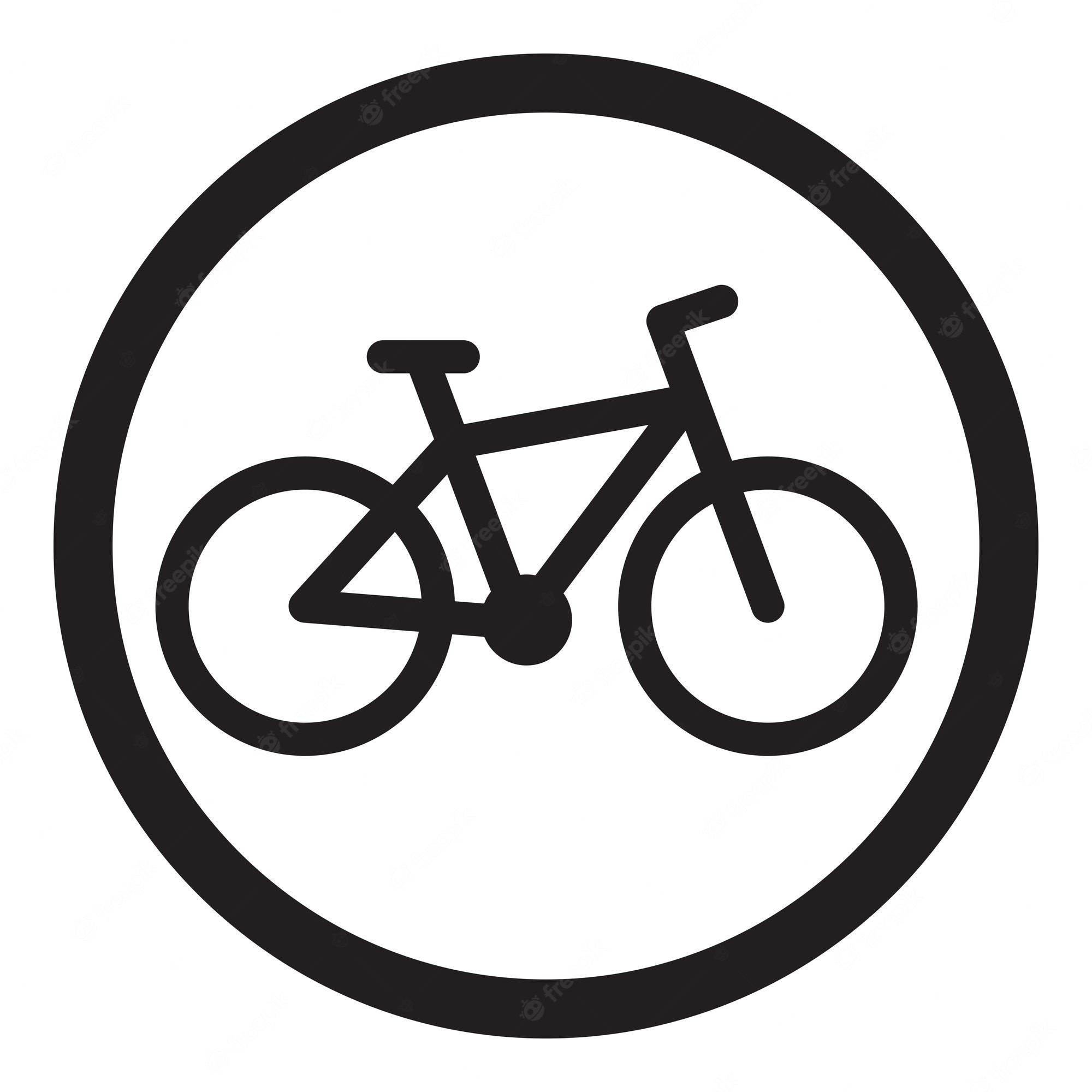For me, I’ll be using my 90s steel MTB.
I’ve already coated the inside of the frame with anti rust, got a rust resistant chain, and have studded tires at the ready. The studded tires will only go on if there’s persistent icy conditions.
Packed marine grease into my hubs, bb ends, and headset bearings.
On my todo list, I’ll be installing pogies/bar mitts, which have proven to be way better than any glove solution I tried last winter.
I also want to buy/make a mudflap to expend the front fender. This should prevent a considerable amount of grit, salt, melted snow from reaching my shoes, chain, crankset, etc.
As soon as salt goes down, my bike will get more cleaning around critical parts, and a frame wipe down after every ride.
I do have a winter cycling jacket and fleecy cycling pants, but feeling the cold on my body was never an issue last winter. A fleecy buff and helmet liner that gets over my ears are a must, and i may invest in a few extra pairs.


I appreciate the reply. I’ve been wearing standard cycling glasses, but the lenses are a little longer, with my helmet liner down to my eyebrows and a buff up my face and just behind the bottom of the lenses. This worked for me last year, but keeping my ears warm was always a challenge. I do have some thicker helmet liners with ear coverings, so that should be much better.
Lens tints drove me crazy on my other cycling glasses… too dim for bright sun and too dark for cloudy or darker. I’ve been EXTREMELY happy with photochromatic (i.e. transition) lenses, and if there’s a way to get something like that with your Zionor goggles, I think it would make a world of difference. I can wear them at night (for wind and bug protection) or during full sun. Granted, they aren’t ideal for extremely bright sun as they don’t get too dark, but coupled with a helmet visor/cycle cap visor, it’s a good combo.